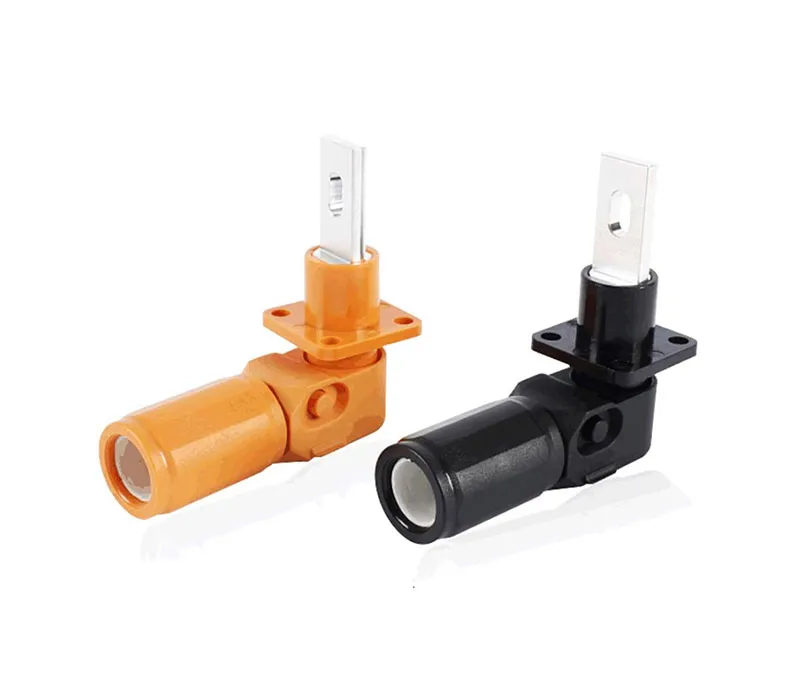An Energy Storage Connector is a critical component in energy storage systems (ESS) that enables secure and efficient electrical connections between various elements, such as batteries, inverters, renewable energy sources, and the grid. These connectors ensure efficient, safe, and controlled energy transfer, often incorporating both physical and electronic elements.

Electrical Transfer: They facilitate the flow of electricity between batteries, inverters, and other system components.
Communication & Control: Smart interfaces for data exchange.Integration with energy management systems (EMS) for optimized power flow.
Safety Features: Anti-polarity protection and touch-proof designs minimize risks of short circuits or electrical shocks.
Physical Connectors: Cables, plugs, and sockets designed to handle high currents and voltages.Materials like copper for conductivity and corrosion-resistant coatings for durability.
Power Electronics: Used for data exchange between battery management systems (BMS) and inverters.
Electric Vehicles: Connect battery cells/modules, link batteries to motors/inverters, and charging ports.
Renewable Energy Systems: Integrate solar/wind inverters with battery storage, enabling energy dispatch during low generation.
Grid-Scale Energy Storage: Stabilize grids by managing peak demand and frequency regulation.
Industrial Applications: Support backup power and heavy machinery.
As a high-performance interface component, energy storage connectors must have core characteristics such as high safety, high power transmission capability, reliability, low insertion force, and easy installation and maintenance to ensure efficient and stable energy system connections.
Energy storage connectors are critical for enabling the seamless integration of storage technologies into modern energy systems, ensuring reliability, efficiency, and safety across residential, commercial, and industrial applications.
GET A QUOTE